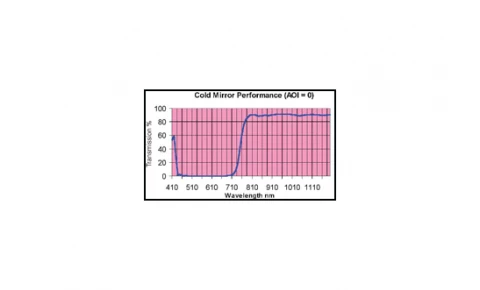Description
Hot and Cold Mirrors are essential optical components designed to manage light and heat in various applications. These mirrors are crafted with precision to either reflect or transmit specific wavelengths, making them invaluable in environments where temperature control and light management are crucial. Whether you need to separate visible light from heat or reflect visible light while transmitting heat, these mirrors offer a reliable solution.
Hot Mirrors are specifically engineered to reflect heat while allowing visible light to pass through. This is achieved using Borosilicate type glass, which is known for its ability to withstand high temperatures. The preferred angle of incidence (AOI) for optimal performance is 0º. These mirrors are highly efficient, with an average transmission of 85% within the 420-700nm wavelength range, and they reflect more than 95% of wavelengths between 800-1000nm. This makes them ideal for applications where heat needs to be managed without compromising on visible light transmission.
Cold Mirrors, on the other hand, are designed to reflect visible light while allowing heat to pass through. They are most effective when used at an AOI of 45º. These mirrors offer an impressive transmission range of over 85% for wavelengths between 800-1200nm, while reflecting more than 95% of visible light in the 400-700nm range. This unique capability makes cold mirrors perfect for applications where it is necessary to remove heat by transmission while maintaining high visibility.
Both hot and cold mirrors are available in various sizes and can be customized to meet specific requirements. They are constructed with a dielectric multilayer coating on Borosilicate type glass, ensuring durability and high performance. Whether you need a standard size or a custom configuration, these mirrors provide a versatile solution for managing light and heat in your optical systems.
Cold Mirror MC45-50.8
Specifications
| Diameter: | 50.8 mm |
|---|---|
| Thickness: | 3.3 mm |
| Surface Flatness: | lambda/2 |
| Surface Quality: | 80-50 scratch-dig |
| Transmission: | 85 % |
| Reflection: | 90 % |
| Transmission Range: | 750 – 1000 nm |
| Reflection Range: | 400 – 700 nm |
Features
- High Transmission for Visible Range: Hot mirrors provide excellent transmission for visible light, ensuring clarity and brightness.
- High Reflection for Infrared: Efficiently reflects infrared light, effectively separating heat from visible light.
- Heat Removal: Designed to remove heat, making them ideal for applications requiring thermal management.
- Borofloat® Type Glass: Constructed using Borofloat® type glass, allowing operation in high-temperature environments.
- Dielectric Coating: Features a dielectric multilayer coating for enhanced performance and durability.
- Angle of Incidence (AOI): Available in AOI's of 0º or 45º to suit various application needs.
- Custom Configurations: Custom mirrors can be manufactured to meet specific requirements.
- High Reflection for Visible Range: Cold mirrors reflect visible light efficiently, enhancing optical performance.
- High Transmission for Infrared: Allows infrared light to pass through, aiding in heat dissipation.
Applications
- Projection Systems: Separate visible light from heat for brighter, cooler projection.
- Lighting Systems: Enhance illumination efficiency while controlling thermal output.
- Imaging Devices: Improve image quality by filtering unwanted IR radiation.
- Optical Instrumentation: Optimize performance in scientific and industrial optical setups.
- Medical Equipment: Manage light and heat in surgical lighting and diagnostic devices.
- Laser Systems: Protect optical paths by controlling heat buildup.
Frequently Asked Questions
What is a hot mirror used for?
What is the most common wavelength range for transmission through a cold mirror?
What is the average transmission range for a cold mirror?
What is the reflective range for a hot mirror for R>95%?
What is the preferred angle of incidence for operation of a cold mirror?
Similar Products
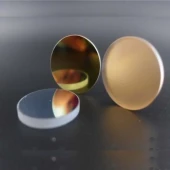
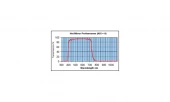
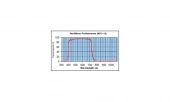
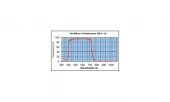
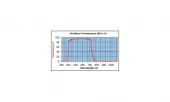

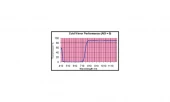

Your inquiry has been received.
Create an account by adding a password
Why create an account?
- Auto-complete inquiry forms
- View and manage all your past messages
- Save products to your favorites
- Close your account anytime — no hassle
